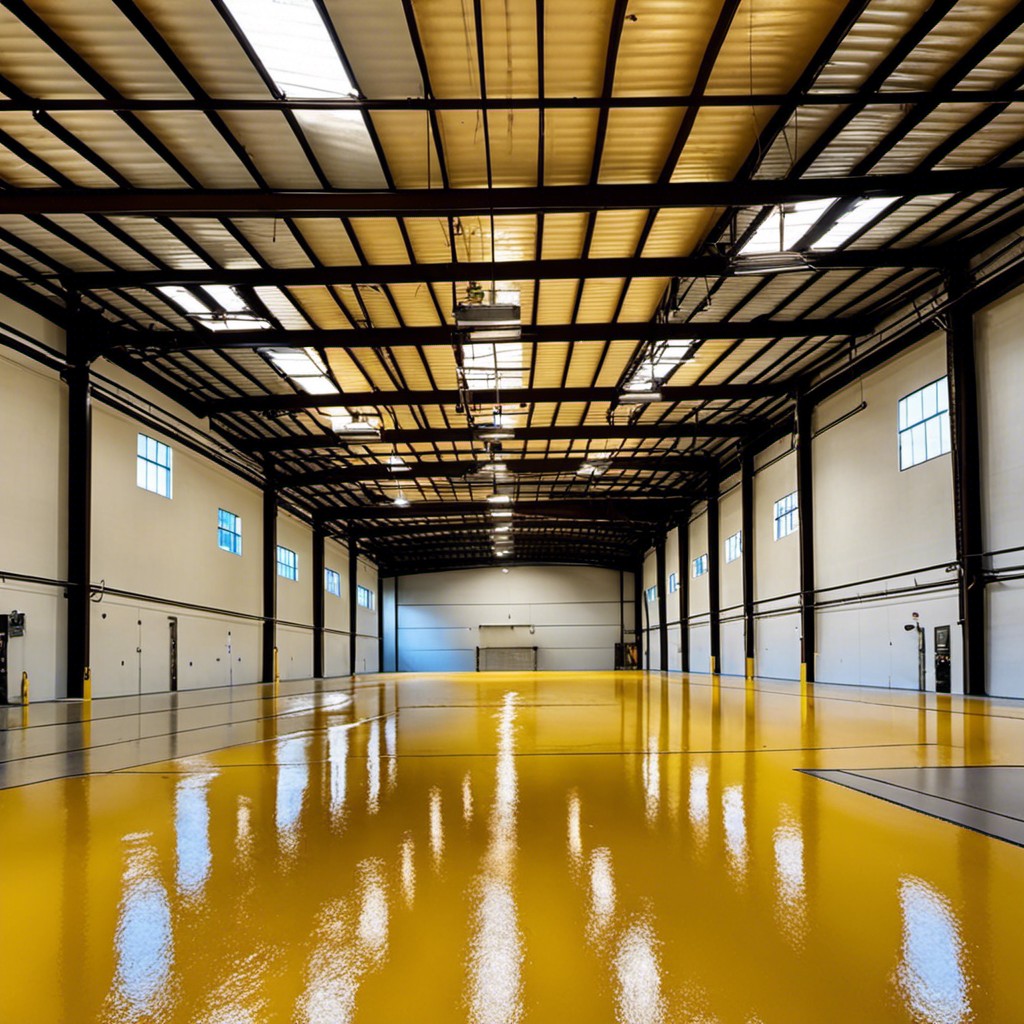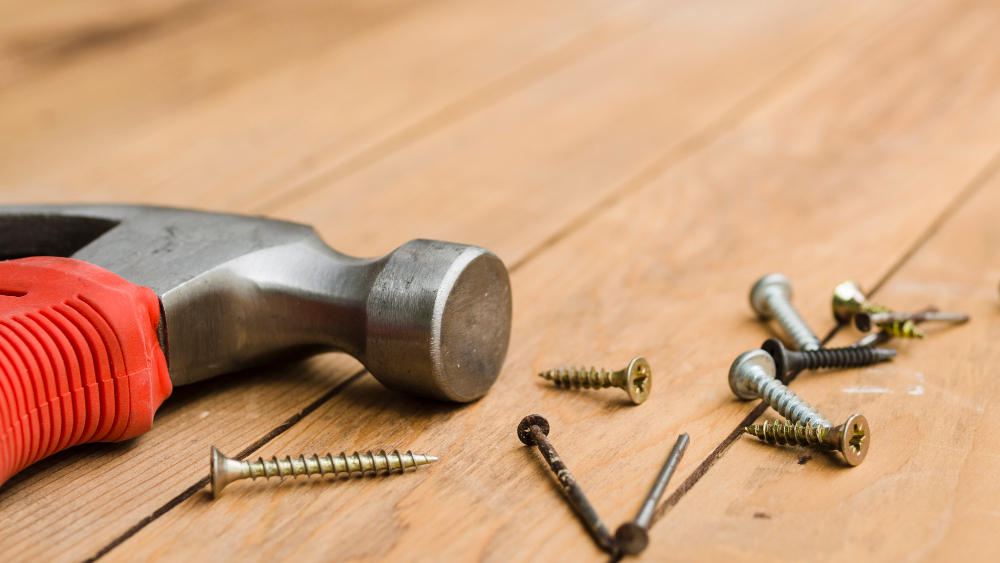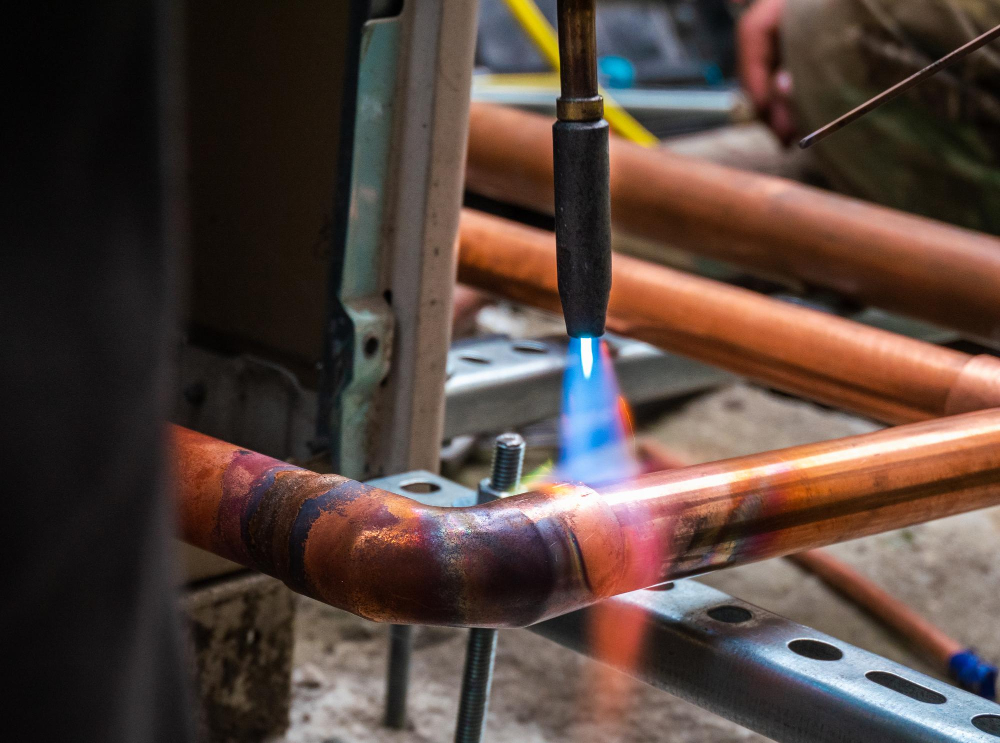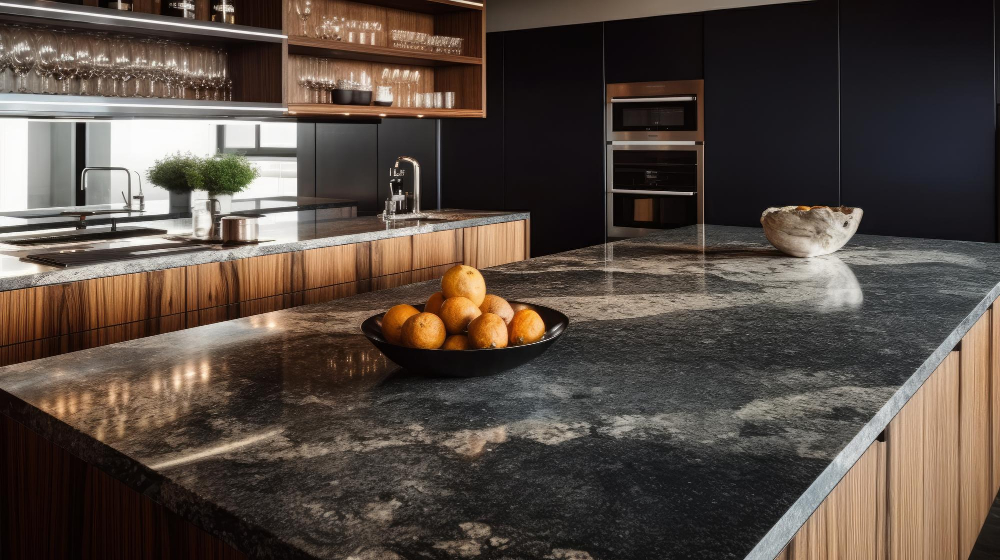Last updated on
Explore the world of epoxy alternatives as we dive into versatile, eco-friendly, and cost-effective solutions for your adhesive needs.
Are you tired of the same old decor options? Are you looking for something unique and budget-friendly to spruce up your home? Look no further than epoxy alternatives! Epoxy is a popular material used in DIY projects, but it can be expensive and difficult to work with. Luckily, there are plenty of alternative materials that can achieve similar results without breaking the bank.
In this article, we’ll explore some of the best epoxy alternatives for your next home decor project. So grab your tools and let’s get started!
NonToxic Resin Alternative
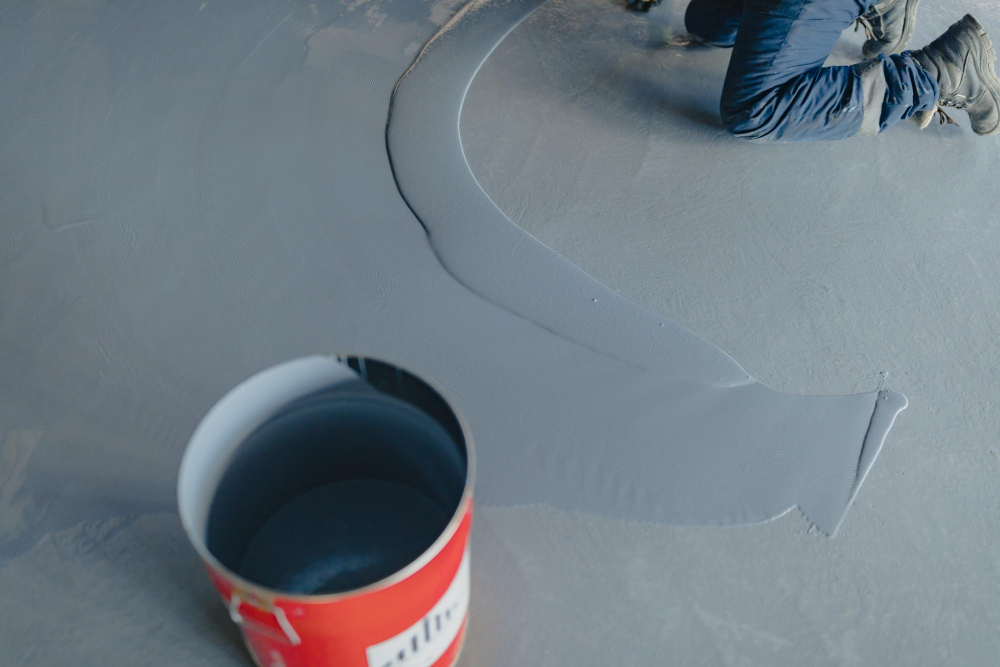
One of the most popular is bio-based resin made from plant materials such as soybeans or corn. These resins are not only eco-friendly but also safe to use in your home without any harmful fumes.
Another option is water-based polyurethane resin, which has low VOC emissions and can be used on a variety of surfaces including wood and concrete. It’s easy to apply with a brush or roller and dries quickly.
When choosing a non-toxic resin alternative, it’s important to consider its durability and strength compared to traditional epoxy. Some alternatives may not hold up as well under heavy wear-and-tear or extreme temperatures.
Eco-Friendly Resin Alternative
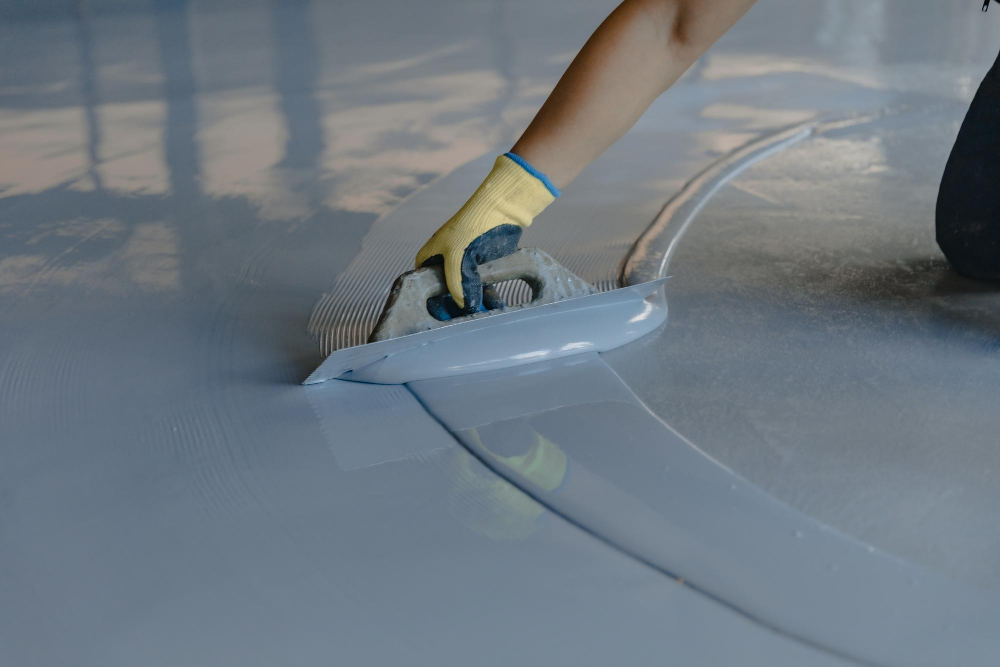
These resins are made from renewable resources such as soybeans, cornstarch, and even algae. They offer similar properties to traditional epoxy but without the harmful chemicals that can be released during the curing process.
Bio-based resins are also biodegradable and compostable which makes them a great choice for those who want to reduce their environmental impact. They come in a variety of colors and finishes so you can achieve any look you desire.
One popular brand of bio-resin is Entropy Resins which offers high-performance products that are both sustainable and durable. Another option is EcoPoxy which produces plant-based epoxies that have low VOC emissions.
Polyurethane Resins
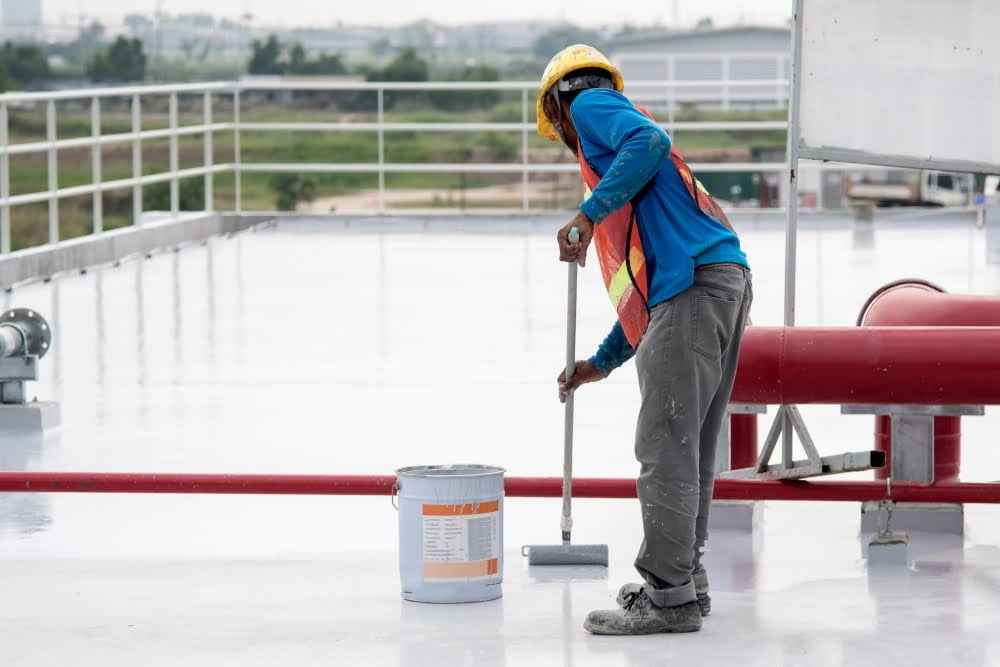
They can be used for a variety of applications, including casting, coating, and bonding. Polyurethane resins come in different forms such as liquid or foam and can be colored with pigments or dyes.
One of the benefits of using polyurethane resin is that it has excellent resistance to abrasion, impact, and chemicals. It also has good flexibility which makes it ideal for use on surfaces that may expand or contract over time.
Another advantage is its fast curing time compared to other alternatives like epoxy. This means you don’t have to wait long before handling your project after application.
When working with polyurethane resin make sure you follow the manufacturer’s instructions carefully as they vary depending on the type of product being used. Also ensure proper ventilation when applying this material since some types emit fumes during curing process.
Cyanoacrylate Adhesives
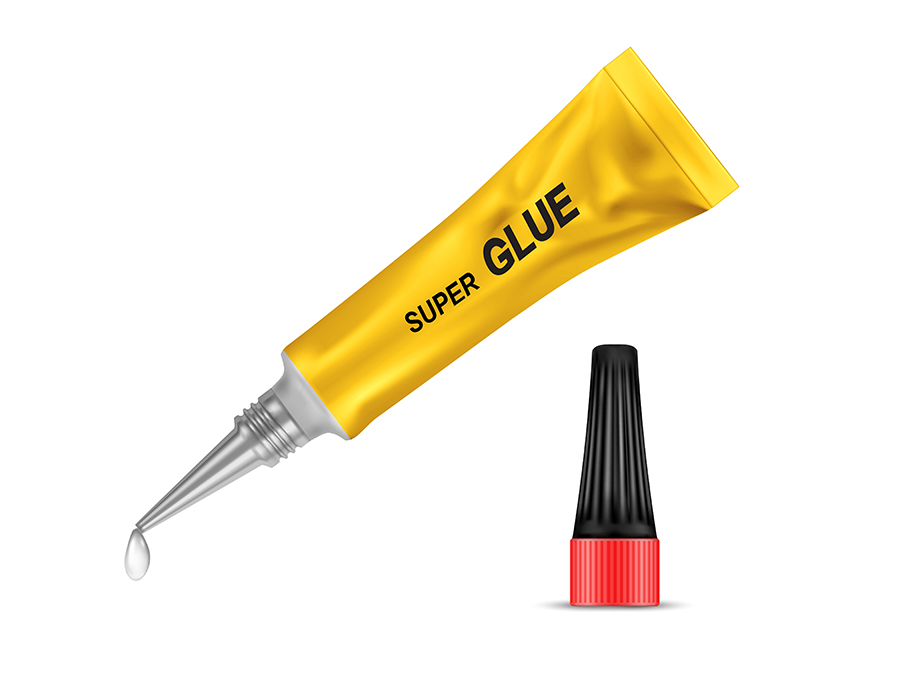
Also known as superglue, these adhesives are incredibly strong and bond quickly to most surfaces. They come in various viscosities, from thin liquids that can penetrate small cracks to thicker gels that can fill gaps.
One of the benefits of using cyanoacrylate adhesive is its fast curing time. Unlike epoxy which takes hours or even days to cure completely, superglue dries within seconds after application.
This makes it an excellent choice for projects where speed is essential.
However, there are some downsides when using this type of adhesive as well. Cyanoacrylates tend not to work well on smooth surfaces like glass or metal because they require moisture in order for the bond strength between two materials; therefore they may not be suitable if your project involves bonding such materials together.
Silicone Sealants

This adhesive is perfect for sealing gaps and cracks in your home decor projects. It’s also waterproof, making it ideal for use in bathrooms and kitchens where moisture can be a problem.
Silicone sealant comes in a variety of colors, so you can choose one that matches your project perfectly.
One of the best things about silicone sealant is its flexibility. Unlike some other adhesives, it won’t crack or shrink over time as the materials around it expand and contract with changes in temperature or humidity.
When using silicone sealant, make sure to follow the manufacturer’s instructions carefully for best results. You’ll want to clean any surfaces thoroughly before applying the adhesive and allow plenty of time for it to dry completely before handling your project again.
Acrylic-Based Adhesives
They can be used on a variety of surfaces, including metal, plastic, wood, and glass. Acrylic adhesives dry clear and have excellent resistance to water and UV light.
They also have good chemical resistance properties.
One of the benefits of acrylic-based adhesives is that they do not require any mixing or curing time like epoxy does. This makes them ideal for quick projects where you need an adhesive that will bond quickly without needing additional time to cure.
Another advantage is that acrylic-based adhesives are non-toxic compared to some other alternatives such as cyanoacrylate or polyester resins which can emit harmful fumes during application.
When using acrylic-based adhesives it’s important to note that they work best when applied in thin layers as thicker applications may take longer than usual drying times leading up poor bonding results.
Polyester-Based Resins
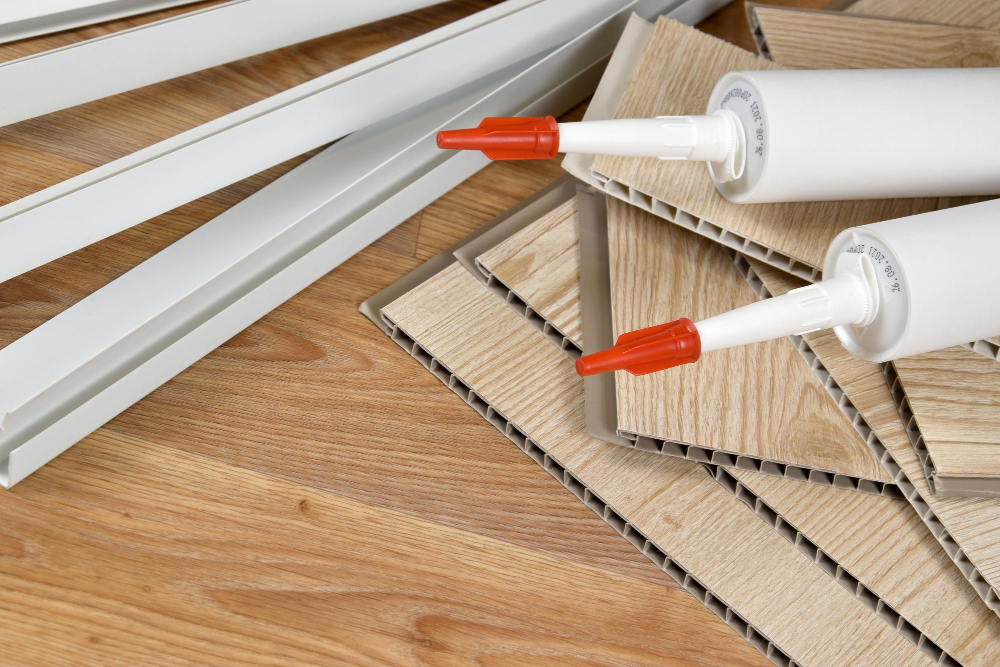
These resins are made by mixing a liquid resin with a hardening agent, which then cures into a solid material. Polyester-based resins are commonly used in boat building and repair, but they can also be used for home decor projects.
One of the benefits of using polyester-based resin is that it’s relatively inexpensive compared to other types of adhesives and sealants. It’s also easy to work with and has good bonding strength.
However, there are some downsides to using this type of resin as well. For one thing, it can emit strong fumes during the curing process that may require proper ventilation or even respiratory protection equipment when working indoors or in confined spaces.
Polyester-based resins tend not to be as durable as epoxy over time since they’re more prone to cracking under stress or exposure from UV light sources like sunlight than their counterparts.
Natural Glue Alternatives
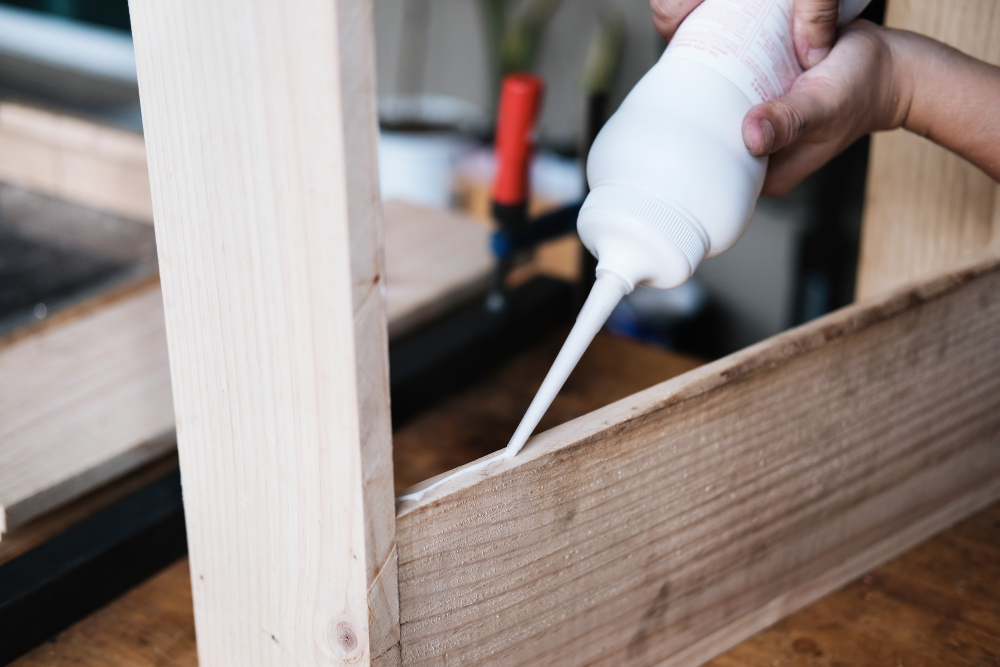
Natural glue alternatives are made from plant-based materials and can be just as effective as traditional adhesives. One popular option is animal-based glues like hide glue or fish glue, which have been used for centuries in woodworking and other crafts.
Another great option is plant-based glues like wheat paste or rice flour paste. These types of glues are non-toxic, easy to make at home with simple ingredients, and can be used on a variety of surfaces including paper, fabric, wood and more.
For those who prefer vegan options there’s also the possibility to use agar-agar based adhesive that works well on paper products such as cardboard boxes or envelopes.
When using natural adhesives it’s important to keep in mind that they may not have the same strength as synthetic ones so it’s best suited for lighter projects where durability isn’t an issue.
Contact Cements
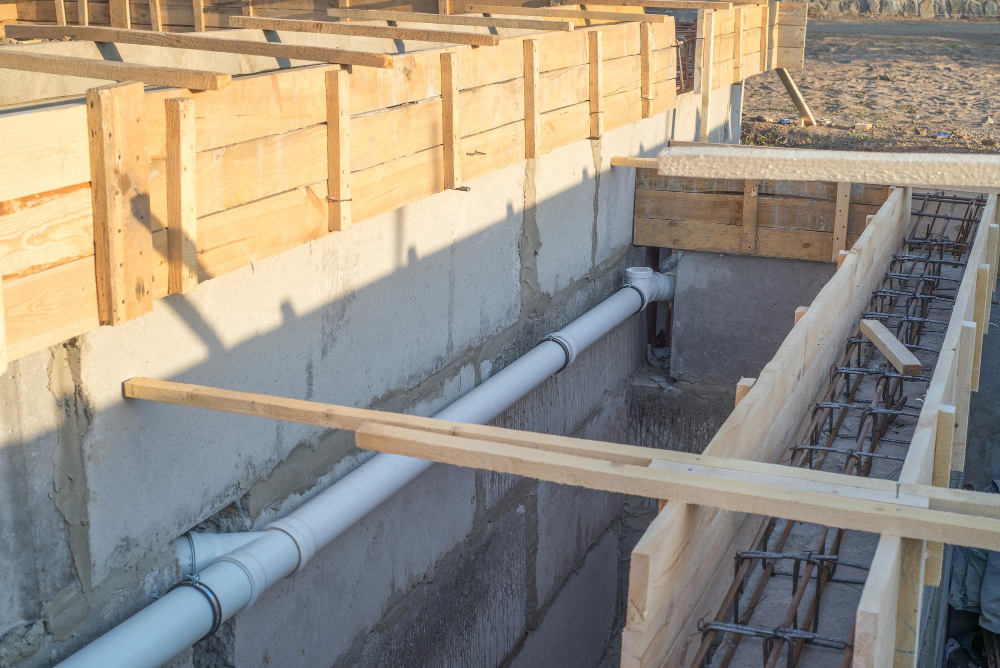
They are versatile, easy to use, and can bond almost any material together. Contact cement is applied to both surfaces that need bonding and allowed to dry before the two surfaces come into contact with each other.
One of the benefits of using contact cement is its strong adhesive properties. Once it dries, it creates an incredibly strong bond that can withstand heavy loads and stress without breaking apart.
Another advantage of using contact cement over epoxy is its affordability. It’s much cheaper than most types of epoxies available in the market today while still providing excellent results.
However, one downside when working with this type of adhesive is that once you apply it on a surface or material incorrectly; there’s no going back as they cannot be repositioned after being bonded together due to their high-strength nature.
Hot Melt Adhesives
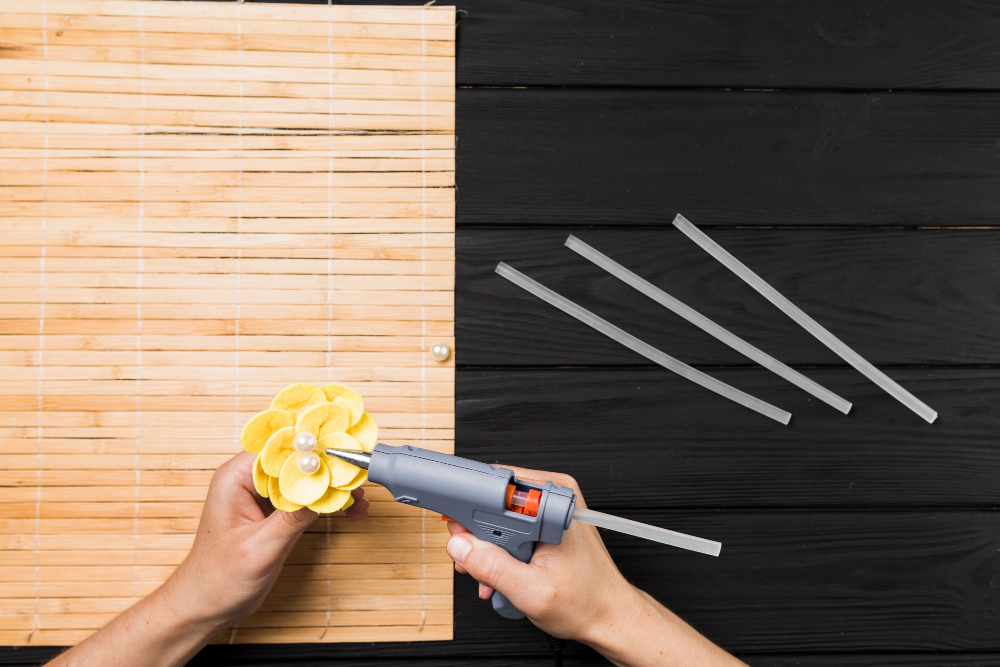
These adhesives come in stick form and are melted using a glue gun before being applied to your project. They dry quickly, making them ideal for time-sensitive projects.
One of the biggest advantages of hot melt adhesives is their versatility. They can bond with almost any material, including wood, plastic, metal and fabric.
This makes them an excellent choice for DIYers who want an all-purpose adhesive that can handle multiple materials.
Another advantage is their affordability; they are relatively inexpensive compared to other types of adhesives on the market today.
However, it’s important to note that hot melt adhesives may not be suitable for high-stress applications or extreme temperatures as they tend to soften when exposed to heat or pressure over time.
UV Curing Adhesives
These adhesives use ultraviolet light to cure the adhesive, creating a strong bond in just seconds. They are commonly used in electronics and medical devices due to their ability to bond dissimilar materials such as glass, plastic, and metal.
One of the benefits of UV curing adhesives is that they do not require any mixing or preparation before use. Simply apply the adhesive where needed and expose it to UV light for a few seconds until it cures completely.
Another advantage is that these adhesives have low volatile organic compound (VOC) emissions compared with traditional solvent-based products making them an eco-friendly option.
When using UV curing adhesives, be sure you have access to an appropriate source of ultraviolet light such as LED lamps or mercury vapor lamps which emit high-intensity UVA radiation at 365 nm wavelength range.
Vinyl Polymer Resins
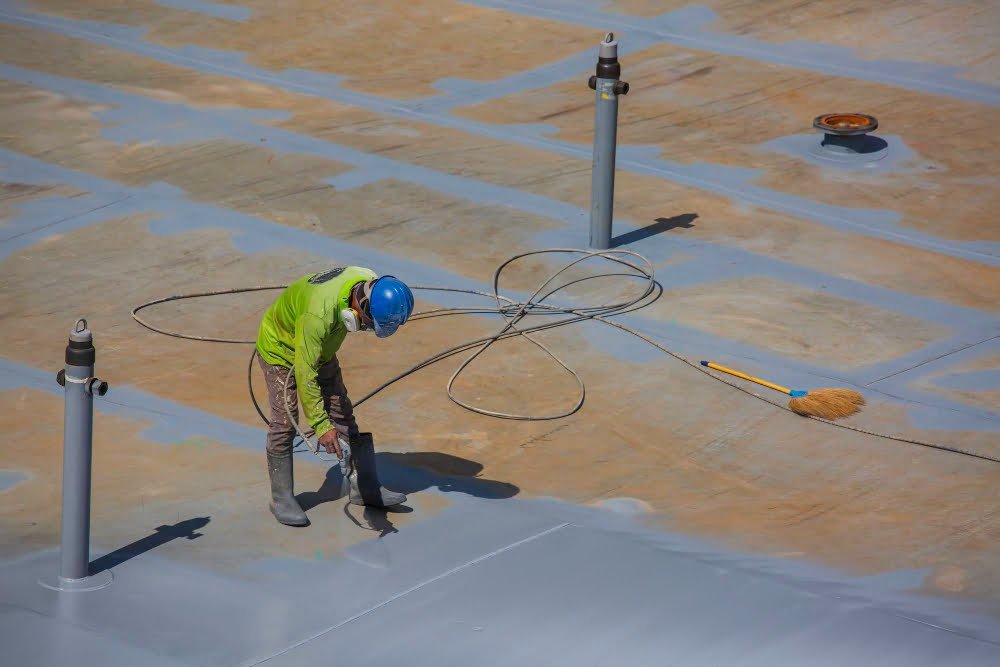
They can be used in a variety of applications, including flooring, coatings, and adhesives. Vinyl polymers are made from vinyl chloride monomer (VCM) which is polymerized into polyvinyl chloride (PVC).
PVC is then blended with other materials to create different types of vinyl polymers.
One advantage of using vinyl polymer resins over epoxy is that they have excellent resistance to chemicals and UV light. This makes them ideal for outdoor use or in areas where exposure to harsh chemicals is common.
Another benefit of using vinyl polymers as an adhesive alternative is that they have good bonding strength on various surfaces such as metal, plastic or wood. They also come in different forms such as paste or liquid making it easy for application depending on the project requirements.
Rubber-based Adhesives

These types of adhesives are made from natural or synthetic rubber, which gives them their unique properties. They can be used on a variety of surfaces, including metal, plastic, wood, and fabric.
One advantage of rubber-based adhesives is that they have excellent resistance to water and chemicals. This makes them ideal for use in areas where moisture is present or where the adhesive will come into contact with harsh chemicals.
Another benefit of using rubber-based adhesives is their flexibility. Unlike some other types of glue that can become brittle over time or when exposed to extreme temperatures, these adhesives remain pliable even after they dry.
When working with rubber-based adhesives it’s important to follow the manufacturer’s instructions carefully as different products may require different application methods such as spray-on versus brush-on applications.
Butyl Sealants
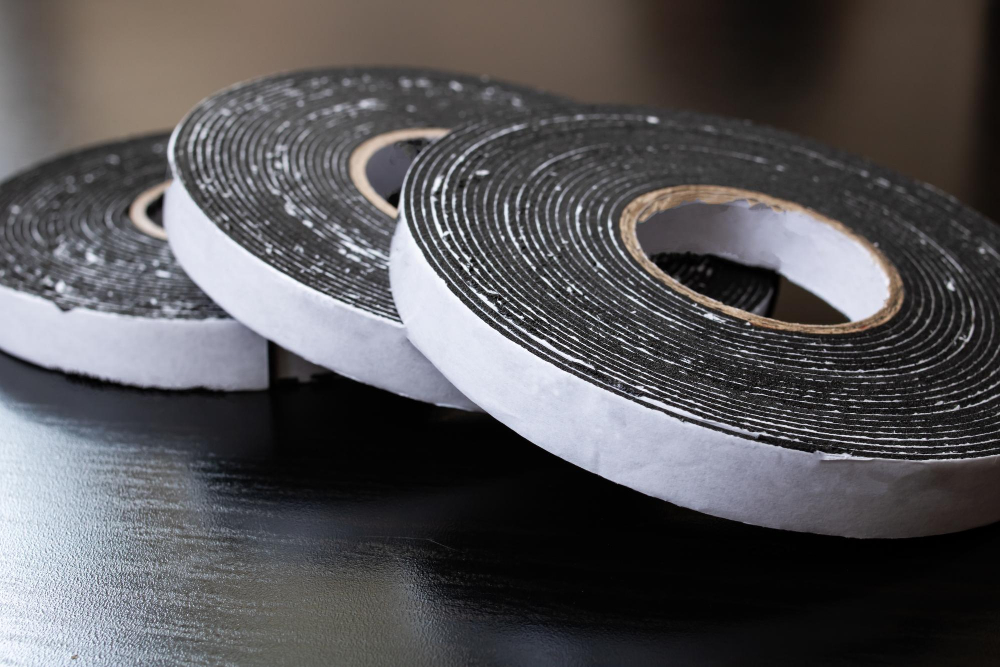
They are made from synthetic rubber and have excellent adhesive properties, making them ideal for use in construction, automotive, and marine industries. Butyl sealants can be used on a variety of surfaces including metal, glass, concrete, wood and plastic.
One of the biggest advantages of butyl sealants is their flexibility. They remain flexible even after curing which makes them perfect for sealing joints that experience movement or vibration such as expansion joints in buildings or seams on boats.
Another advantage is their resistance to water damage. Butyl sealants create an impermeable barrier against moisture which helps prevent corrosion over time.
When using butyl sealant it’s important to note that they require proper surface preparation before application just like any other adhesive material. The surface must be clean dry free from dust oil grease rust etc., otherwise the bond will not hold up well over time.
Anaerobic Adhesives
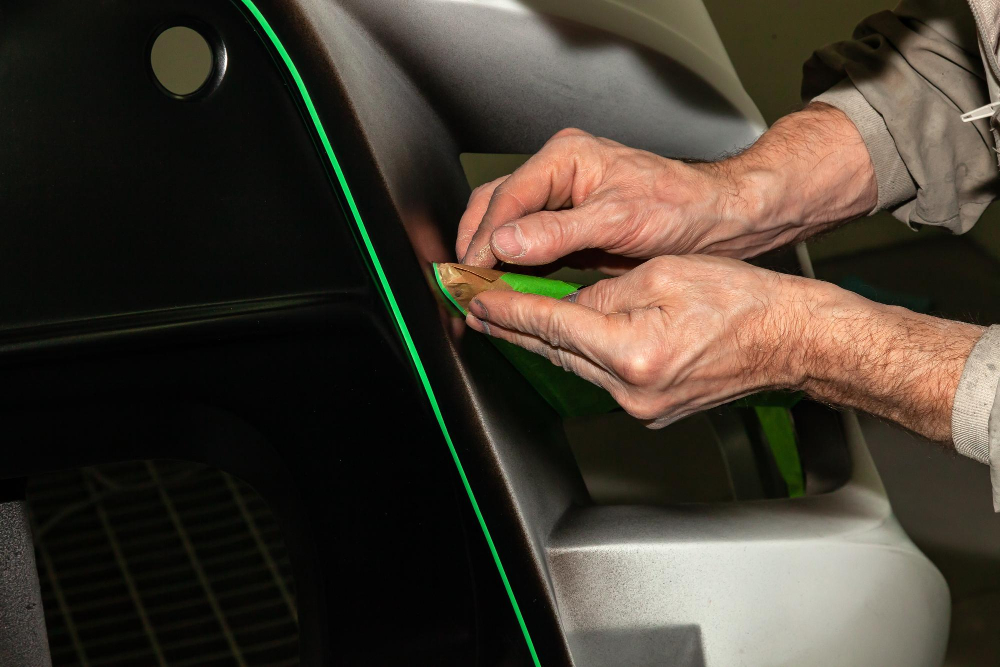
They are commonly used in automotive, aerospace, and industrial applications due to their high strength and resistance to vibration. Anaerobic adhesives can be an excellent alternative for epoxy in certain situations where a strong bond is required.
One advantage of anaerobic adhesives over epoxy is that they cure quickly without the need for heat or UV light. This makes them ideal for use in tight spaces or on parts that cannot be easily removed once bonded together.
Another benefit is their ability to fill gaps between surfaces, which helps create a stronger bond than traditional epoxies. Anaerobic adhesives have excellent chemical resistance properties making them suitable for use with harsh chemicals such as gasoline or hydraulic fluids.
When using anaerobic adhesive as an alternative to epoxy it’s important always follow manufacturer instructions carefully since improper application can lead to weak bonds or even failure over time.
Ethylene Copolymers
These adhesives consist of two or more monomers, with ethylene being the primary component. Ethylene copolymers can be used in a variety of applications, including automotive, construction, and packaging industries.
One significant advantage of using ethylene copolymers is their ability to bond dissimilar materials such as plastics and metals. They also have excellent resistance to water and chemicals making them ideal for outdoor use.
Another benefit is that they are easy to apply with minimal surface preparation required compared to other adhesive types like epoxies which require extensive surface preparation before application.
When choosing an ethylene copolymer adhesive for your project consider factors such as cure time, strength requirements, temperature resistance among others depending on the specific needs of your project.
If you’re looking for an alternative material that offers strong bonds without breaking the bank then consider using ethylene copolymer adhesives instead of epoxy.
Water-based Adhesives

These adhesives use water as the primary solvent, making them non-toxic and easy to clean up with just soap and water. They are also low in VOCs (volatile organic compounds), which makes them safe for indoor use.
One of the most significant advantages of using water-based adhesives is that they can bond a wide range of materials, including wood, paper, fabric, leather, foam board and more. They come in different forms such as PVA (polyvinyl acetate) glue or white glue used for general purpose bonding; acrylic emulsion adhesive used for high-strength bonding applications like laminates; latex adhesive commonly used on carpets or vinyl flooring installations.
Another advantage is that these types of adhesives have excellent heat resistance properties compared to other alternatives like cyanoacrylate or hot melt glues which tend not hold up well under high temperatures.
When choosing a water-based adhesive make sure it’s suitable for your project needs by checking its drying time – some may take longer than others- , strength rating – some offer higher tensile strength than others-, flexibility rating -some remain flexible after curing while others become brittle- among other factors depending on your specific application requirements.
Hybrid Adhesive Technologies
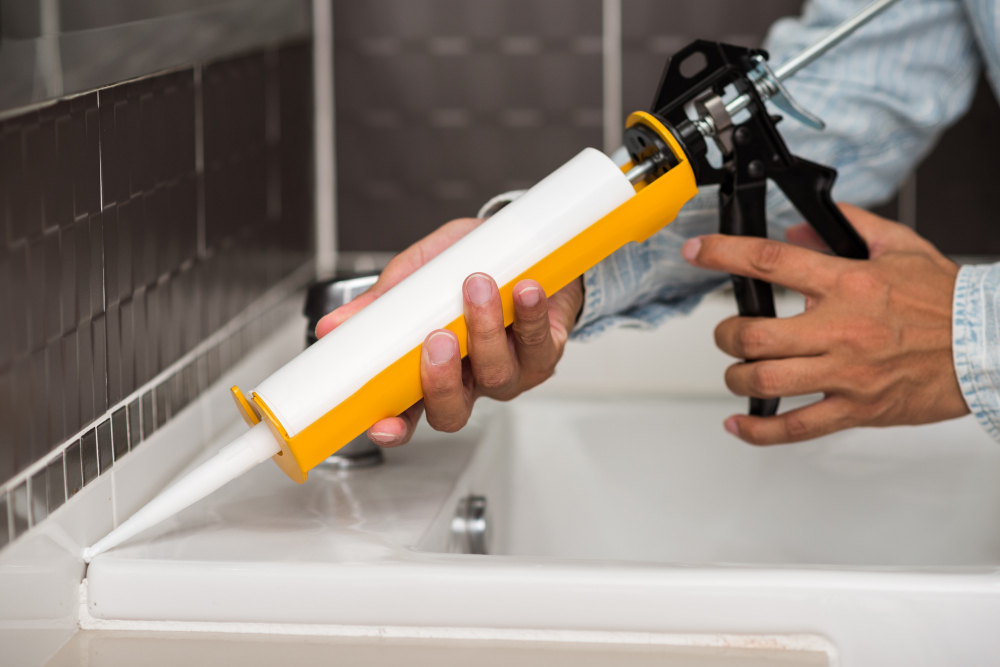
These adhesives combine the best features of different types of adhesives to create a product that is strong, flexible, and easy to use. Hybrid adhesives typically contain elements from polyurethane and silicone sealants or epoxy resins.
One advantage of hybrid adhesive technologies is their ability to bond dissimilar materials such as metal-to-plastic or wood-to-concrete with ease. They also have excellent resistance against water and temperature changes making them ideal for outdoor projects.
Another benefit is their fast curing time which allows you more time for adjustments before it sets completely in place.
Choosing the Right Epoxy Substitute
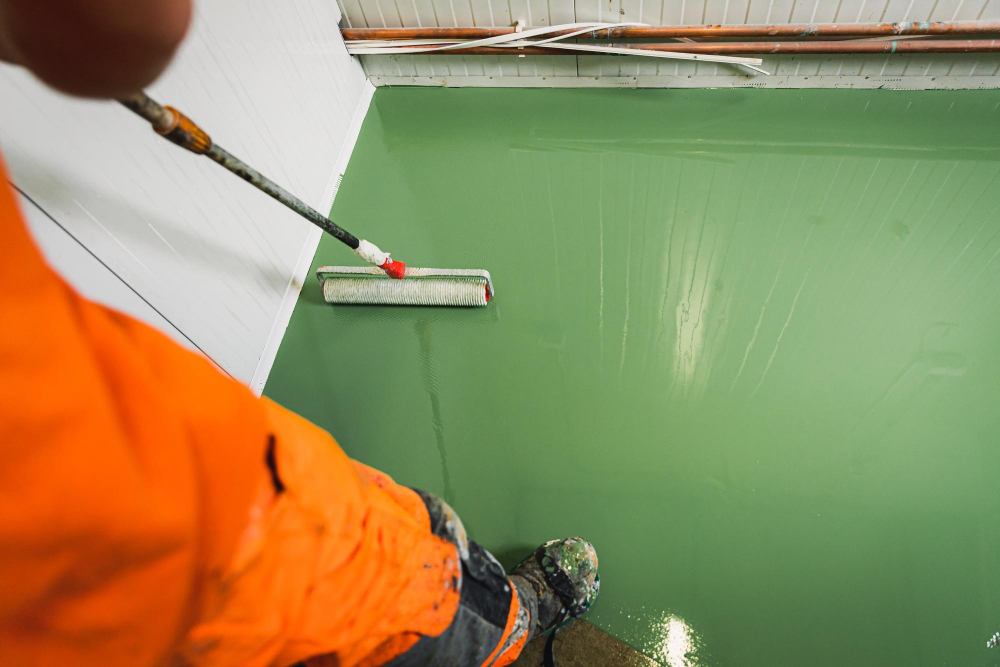
First and foremost, you’ll want to think about the specific needs of your project. Are you looking for something that’s strong and durable? Or do you need an adhesive that’s more flexible? Once you’ve identified your needs, it’s time to start exploring different options.
One important factor is the type of material being bonded together. Some adhesives work better on certain materials than others.
For example, cyanoacrylate adhesives are great for bonding plastics and metals but may not be as effective on wood or fabric.
Another consideration is application method – some alternatives require mixing before use while others come in pre-mixed tubes or bottles ready-to-use straight out of packaging.
Cost can also play a role in selecting an alternative adhesive solution; some substitutes may be cheaper upfront but could end up costing more over time due to their durability (or lack thereof).
By taking these factors into account when choosing an epoxy substitute for your next home decor project will ensure success with minimal frustration along the way!
FAQ
What is a good substitute for resin?
A good substitute for resin is liquid clay, such as Kato Liquid Polyclay, Sculpey Liquid Clear, or Fimo Liquid, which cure clear and glossy when heated properly.
Is there a natural alternative to epoxy?
A natural alternative to epoxy is EcoPoxy, which offers bio-based, non-toxic epoxies that are environmentally friendly compared to other epoxy resins on the market.
Is Mod Podge the same as epoxy?
No, Mod Podge is not the same as epoxy, as Mod Podge is a one-part substance typically painted on, while epoxy resin is a two-part mixture poured on and spread out, with epoxy being thicker and glossier.
Is there a non-toxic resin?
ArtResin is a non-toxic resin that is ASTM certified (D-4236) and used by artists worldwide, as it is non-hazardous, non-flammable, and produces no VOCs/fumes.
What are some eco-friendly alternatives to traditional epoxy resins?
Bio-based epoxy resins, derived from plant sources such as pine, soy, and vegetable oils, are eco-friendly alternatives to traditional epoxy resins.
Can polyurethane be used as a replacement for epoxy in certain applications?
Yes, polyurethane can be used as a replacement for epoxy in certain applications as they both offer excellent adhesion, durability, and chemical resistance.
How do epoxy alternatives compare in terms of durability and cost?
Epoxy alternatives typically vary in durability and cost, with some being more affordable and less durable, and others offering a similar performance at a competitive price.
Recap
Liked this article? Here's what you can read next:
